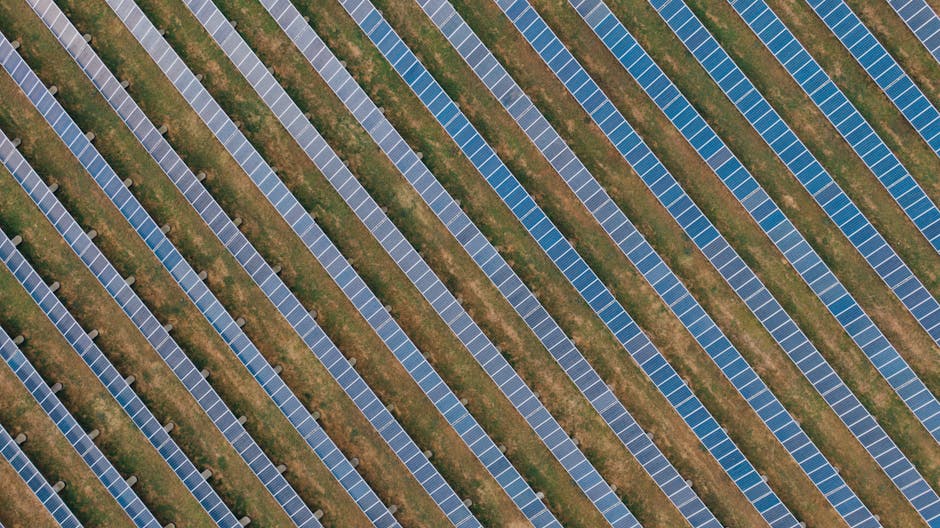Should I Oversize My Solar System?
When it comes to solar energy, one of the most common questions homeowners and businesses ask is whether they should oversize their solar system. This decision can significantly impact energy production, cost, and overall efficiency. In this article, we will explore the factors to consider when deciding if oversizing your solar system is the right choice for you. Let’s dive in!
Understanding Solar System Sizing
Before we discuss the pros and cons of oversizing, it’s essential to understand what sizing a solar system means. The size of a solar system is typically measured in kilowatts (kW) and refers to the total capacity of the solar panels installed. A correctly sized system should meet your energy needs without excessive surplus or shortfall.
Why Size Matters
Choosing the right size for your solar system is crucial for several reasons:
- Energy Needs: A system that is too small may not generate enough energy to meet your needs, leading to higher electricity bills.
- Cost Efficiency: Oversizing can lead to unnecessary costs, while undersizing can result in missed savings.
- Incentives: Some incentives and rebates are based on system size, which can influence your decision.
Pros of Oversizing Your Solar System
Now that we understand the importance of sizing, let’s look at the potential benefits of oversizing your solar system.
1. Increased Energy Production
One of the most significant advantages of an oversized solar system is the potential for increased energy production. Here’s how it can benefit you:
- Excess Energy Generation: An oversized system can produce more energy than you consume, allowing you to sell the surplus back to the grid in many regions.
- Future-Proofing: If you plan to add more appliances or expand your home, an oversized system can accommodate increased energy needs without requiring an upgrade.
2. Better Performance in Cloudy Weather
Solar panels are most efficient in direct sunlight, but they can still generate power on cloudy days. An oversized system can help mitigate the effects of less-than-ideal weather conditions:
- Consistent Energy Supply: More panels mean more energy production, even when the sun isn’t shining brightly.
- Buffer for Seasonal Variations: In regions with significant seasonal changes, an oversized system can help maintain energy production throughout the year.
3. Increased Property Value
Investing in a larger solar system can also enhance your property’s value:
- Attractive to Buyers: Homes with solar systems often sell faster and at higher prices, especially if they produce more energy than needed.
- Long-Term Savings: Potential buyers may be attracted to the prospect of lower energy bills, making your home more appealing.
Cons of Oversizing Your Solar System
While there are benefits to oversizing, it’s essential to consider the potential downsides as well.
1. Higher Initial Costs
One of the most significant drawbacks of an oversized solar system is the increased upfront cost:
- Installation Expenses: More panels mean higher installation costs, which may not be justified if your energy needs don’t warrant it.
- Financing Challenges: If you’re financing your solar system, a larger loan may lead to higher monthly payments.
2. Diminished Returns on Investment
Oversizing can lead to diminishing returns:
- Net Metering Limitations: Some regions have limits on how much energy you can sell back to the grid, which may reduce the financial benefits of excess energy production.
- Increased Maintenance Costs: More panels mean more potential for maintenance issues, which can add to your overall costs.
3. Aesthetic Concerns
For some homeowners, the appearance of an oversized solar system can be a concern:
- Visual Impact: A larger array may not blend well with your home’s architecture or neighborhood aesthetics.
- Space Limitations: If you have limited roof space, oversizing may not be feasible without compromising other aspects of your home.
Factors to Consider Before Oversizing
Before making a decision, consider the following factors:
1. Energy Consumption Patterns
Analyze your energy usage over the past year. Look for trends and consider future changes:
- Seasonal Variations: Do you use more energy in certain months? Understanding your consumption can help you determine the right size.
- Future Plans: Are you planning to add appliances or expand your home? Factor these changes into your calculations.
2. Local Incentives and Regulations
Research local incentives and regulations regarding solar energy:
- Net Metering Policies: Understand how your utility company compensates for excess energy production.
- Incentives for Larger Systems: Some areas offer better incentives for larger systems, which can influence your decision.
3. Roof Space and Orientation
Evaluate your roof space and orientation:
- Available Space: Ensure you have enough roof space to accommodate an oversized system without compromising other installations.
- Sun Exposure: Consider how much sunlight your roof receives throughout the day and year.
Consulting with Professionals
Before making a final decision, it’s wise to consult with solar energy professionals. They can provide valuable insights based on your specific situation:
- Site Assessment: Professionals can assess your property and recommend the optimal system size based on your energy needs and roof characteristics.
- Cost-Benefit Analysis: They can help you understand the financial implications of oversizing versus a correctly sized system.
Conclusion
Deciding whether to oversize your solar system is a significant choice that requires careful consideration of various




